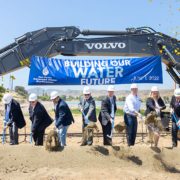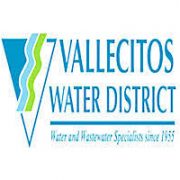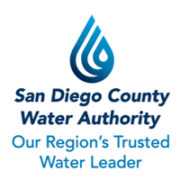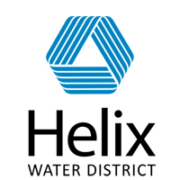The East County Advanced Water Purification Program broke ground, marking an important milestone for the recycled water project in San Diego County.
Scheduled to be complete in 2026, the East County AWP will generate up to 11.5 million gallons per day of purified water— meeting approximately 30% of current drinking water demands for East San Diego County residents and businesses.
Program representatives, elected officials and water industry leaders gathered at the future site of the treatment facility in Santee to celebrate the East County AWP. The project will create a new, local, sustainable and drought-proof drinking water supply using state-of-the-art technology to purify East San Diego County’s recycled water.
Officials in attendance included representatives from the East County AWP Joint Powers Authority, San Diego County Water Authority, Bureau of Reclamation, Metropolitan Water District of Southern California and the U.S. Environmental Protection Agency.
Potable reuse projects
“In 2045, potable reuse projects are going to provide up to 20% of the water that we need here in San Diego County,” said San Diego County Water Authority General Manager Sandra L. Kerl. “This region has been excellent in its innovation and planning for water needs for the region and this project is just another step in that process. I want to congratulate everyone involved in this project in developing another drought-resilient supply for the region.”
Water supply reliability for San Diego County
Collaboration on new recycled water supply
The groundbreaking follows approval of project construction on May 19, 2022, by the East County AWP Joint Powers Authority that owns and operates the Program and is a collaborative partnership between four agencies: Padre Dam, the City of El Cajon, the County of San Diego and Helix Water District. The overall cost for the project is $950 million and estimated to create 2,500 jobs in the region.
The project will use four advanced water purification steps to produce water that is near-distilled in quality.
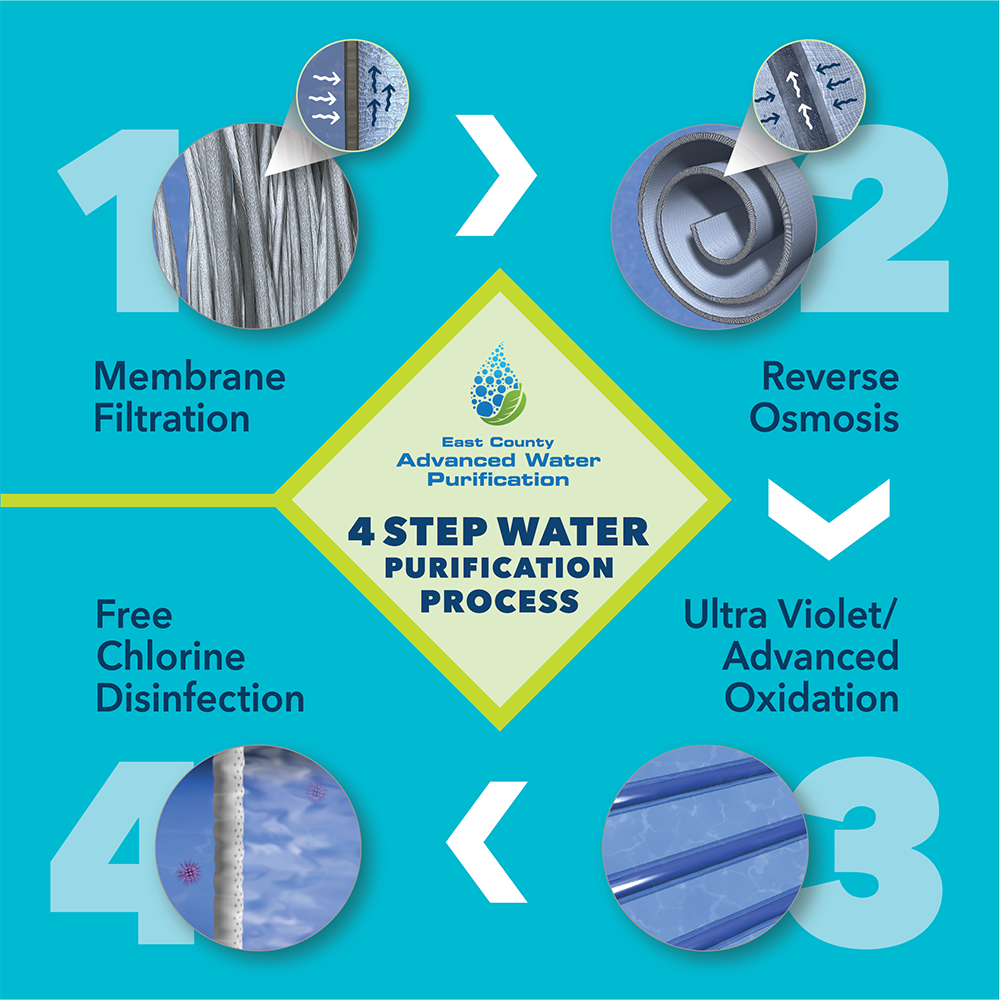
Sustainable source of water
“Today marks an exciting moment for our East San Diego County customers,” said Allen Carlisle, Padre Dam and JPA Administrator CEO/General Manager. “We are now one step closer to creating a local, reliable and sustainable drinking water source that will reduce our dependence on increasingly expensive imported water. The East County Advanced Water Purification Program is a smart investment that provides a long-term solution for increased stability in our communities and safeguards the vitality of our economy and quality of life.”
After the advanced water purification process, the purified water will be blended with water in Lake Jennings and treated again at Helix Water District’s R.M. Levy Water Treatment Plant before being distributed as drinking water.
New local supply
“In addition to providing a new local water supply, the Program will eliminate the need to send most of East County’s wastewater to the City of San Diego’s Point Loma Wastewater Treatment Plant, where it is currently treated and then discharged into the ocean,” said Kyle Swanson, Padre Dam Incoming CEO/General Manager. “The East County Advanced Water Purification Program will benefit not only our customers and the community, but our shared environment too.”
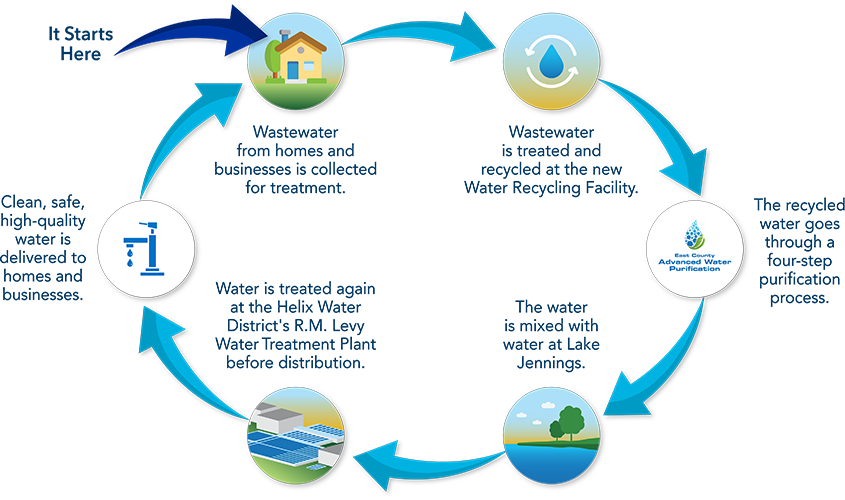
The East County AWP has secured more than $123 million in grant funding and up to $796 million in low interest loans to help finance the project. East County AWP officials anticipate receiving additional state and federal grant funding to help pay for the project.
Local leadership and vision
“As California adapts to an increasingly arid climate, expanding our water supply portfolio with 21st century investments in water recycling, like the East County Advanced Water Purification program is critical,” said Joaquin Esquivel, Chair, State Water Resources Control Board. “Thanks to state and federal leadership, we have a generational opportunity to support the affordability and viability of this and other water supply projects throughout the state. Local leadership and vision are what have made this project a reality and helped to show that we can turn climate anxiety into climate action.”
(Editor’s note: The Padre Dam Municipal Water District and the Helix Water District are two of the San Diego County Water Authority’s 24 member agencies that deliver water across the metropolitan San Diego region.)


 Sweetwater Authority Logo 2019
Sweetwater Authority Logo 2019
